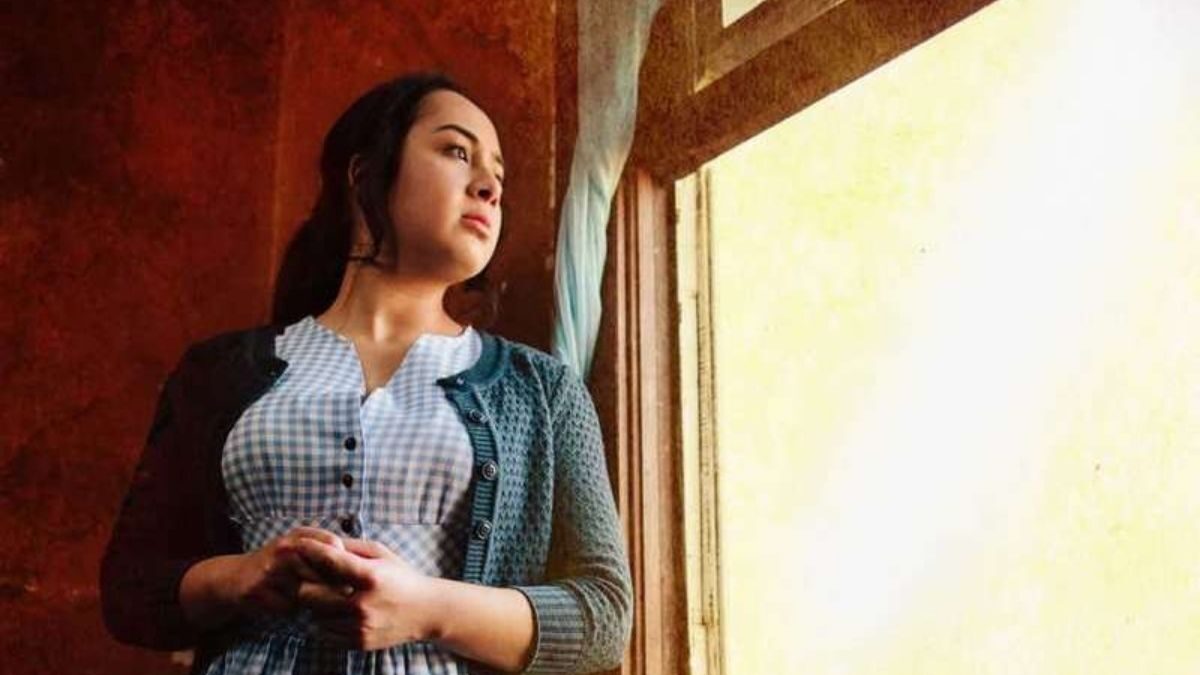The Enduring Spirit of Director Andrew Gutierrez’s Short Film Paz
By Roberto Leal
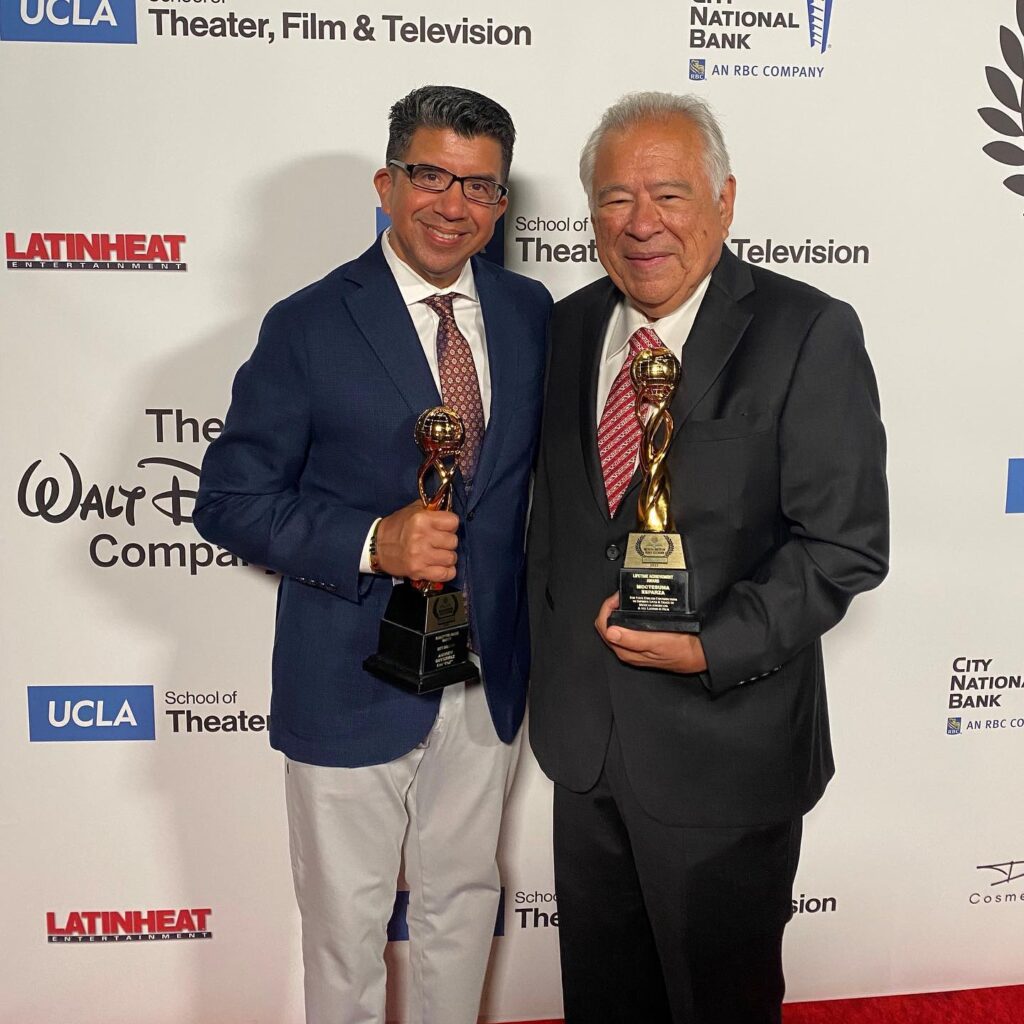
Andrew Gutierrez, the winner of the first annual Mexican American Film and TV Festival Illustrious Award for Best Director, is a filmmaker who is much in the mold of his director influences: Orson Welles, Terence Mallick, Francis Ford Coppola and Steven Spielberg. The great movie directors, like those mentioned, are equal parts orchestra leaders, artists, coaches, mediators, traffic cops, psychologists, and visionaries. These are the “colors”, if you will, on a cinematic palette that a director must choose from and utilize to conceive, visualize, compose and then orchestrate them into a coherent and relevant piece of filmmaking.
In his short, powerfully dense, diamond-hard and hauntingly poetic film, Paz, Gutierrez proves beyond a doubt he has mastered the use of the director’s palette and can create compelling storytelling images on the canvas of the cinema.
A True Story Rooted in a Painful Past
The logline for Paz simply reads: A young woman has to choose to leave a physically abusive father or stay to protect her siblings. That Sophie’s Choice-like dilemma is based on Gutierrez’s mother’s difficult real-life story.
“I think it is important to talk about where the idea came from,” explains Gutierrez. “It wasn’t just my imagination but it was my mother’s life.” The screenplay for Paz had its genesis in a few stories Gutiérrez wrote down after talking to his mother several times. Then other harrowing stories began to surface. “It’s those anecdotes that found their way into this screenplay,” says Gutierrez. “It all helped to shape her into a great, loving person, the kind of person I am honored to know and have as a mother.”
On Set
Heidi Martin (The Advocate, Superficially Deep) had the daunting task of portraying Linda, the abused daughter. It was a role which Martin had no life experience to draw on.
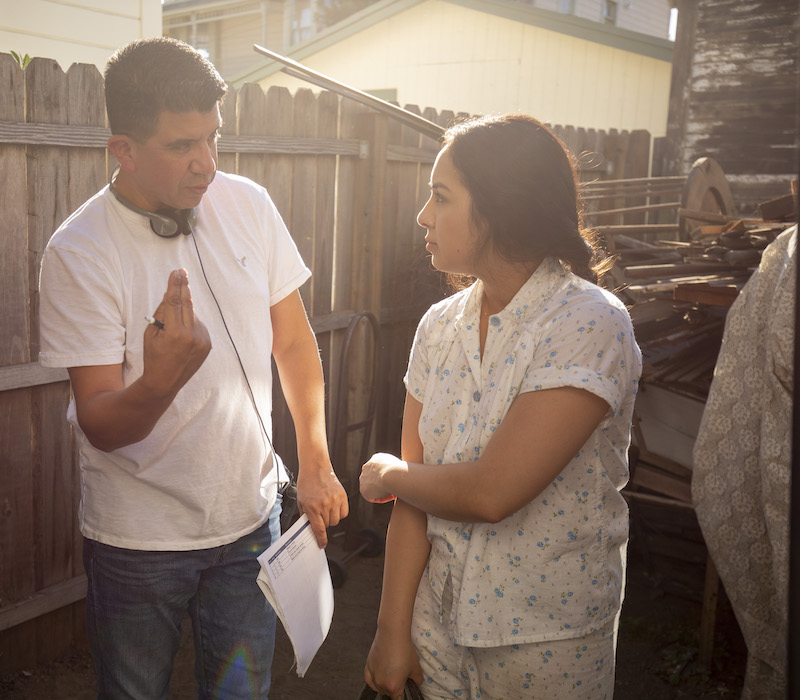
“My goal in portraying Linda was to live out an honest and raw performance”, says Martin. “I immersed myself into research and character analysis”, she recalls. “I wanted to know the intimate parts of who Linda was and what made her so unique. This process allowed me to live out the life of Linda honestly and genuinely.”
Martin remembers how Gutierrez helped her refine the truth of her character. “Before every scene, we’d talk about the character and the story, and we’d bounce ideas off each other. And that’s the best part! The collaboration between actor and director is essential to bringing the story to life.”
Armando DuBon, Jr. (The Red Veil, Reckoning), who plays Antonio, the abusive and controlling father with eerily chilling effect, faced a different challenge in having to portray and inhabit an unsympathetic character.
“Playing Antonio was gratifying in research, commitment and collaboration for the role,” explains DuBon. “After several discussions with Andrew about his grandfather, it was really about identifying with an energy like that in my past or present life, and understanding where it comes from and why it’s exhibited.” DuBon further explains, “I understood what baggage Antonio was carrying and why his behavior was exhibited in such a harsh and dark way.”
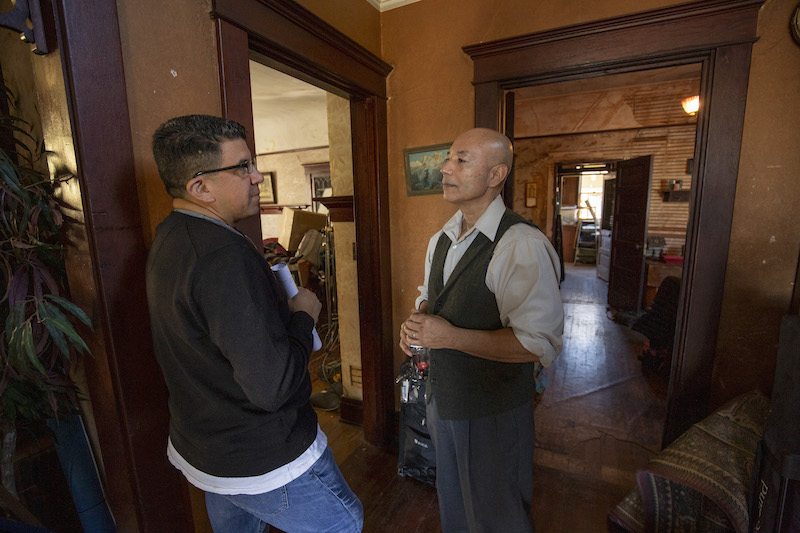
Elena Sahagun (Miracle at Gate 213), who plays the mother, Maria, gives an excellent performance as the anguished mother doing a high wire tightrope act trying to balance herself between enabling her cruel husband and protecting her innocent children.
The performances that came as a result of Gutierrez guiding, collaborating and giving Martin and DuBon the freedom to find and inhabit their characters is fully realized in two pitch-perfect performances in which not a single false note is heard. Kudos to the director and to the entire cast of Paz.
The Composing of Paz
Gutierrez and his cinematographer, Yiyao Zhu, spent a great deal of time before a day’s shooting meticulously and tirelessly figuring out how to shoot a particular scene, what lighting to use, which camera angle, and how to best frame a shot to deliver the most emotional impact. “My mother’s description of that time in her life was always predicated with, it was a dark time… I took that literally,” recounts Gutierrez. “And I used that in the lighting design in our film. That is why the house is always dark, even during the day.
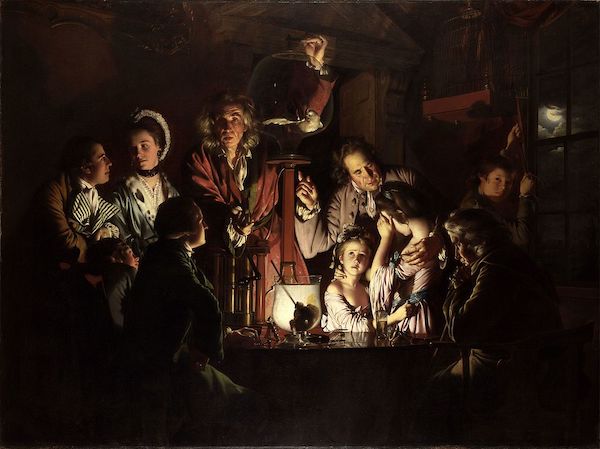
Gutierrez and Zhu also spent many hours in art museums searching for some “painterly” inspiration from the old master artists. They finally settled on the iconic Renaissance master, Rembrandt. “We were fascinated and inspired by Rembrandt’s chiaroscuro technique of light and dark in his paintings,” says Gutierrez, “We used it in the lighting design of the house.” The dark interiors are a perfect metaphor for the sense of claustrophobia and being trapped in a foreboding home.
Gutierrez also uses water as a symbol to convey, on a subliminal level, something about the interior nature of Linda. Gutierrez bookends the beginning and end of Paz with lovely shots of huge bodies of water. Water is the symbol of spiritual cleansing, baptism, and rebirth. Gutierrez uses a glass of water in a nightmare sequence to evoke a revealing emotion in Linda. “Water is significant,” explains Gutierrez. “After Linda’s nightmare where does she go to remove the lasting feeling of being trapped and scared? She gets a glass of water.”
The evocative closing shot is of Linda’s hand playing with the sunlight, her fingers fluttering in the wind like a child reaching for freedom.
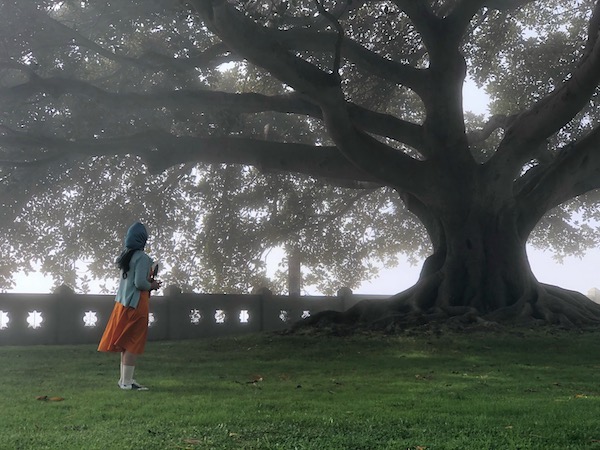
“As a director, I always try to find stories that uplift and tap into the enduring spirit people experience in life”, concludes Gutierrez. “Telling the story of my mother’s courage and determination to find hope and peace is why I titled the film Paz because in Spanish it means peace.“
You can view Paz by clicking on this link: https://www.kcet.org/shows/fine-cut/clip/paz
Andrew Gutierrez currently has three projects in development: Static, an episodic science fiction program, Free Wind a modern feminist Western and Boleros, a love letter to the music he grew up with.


